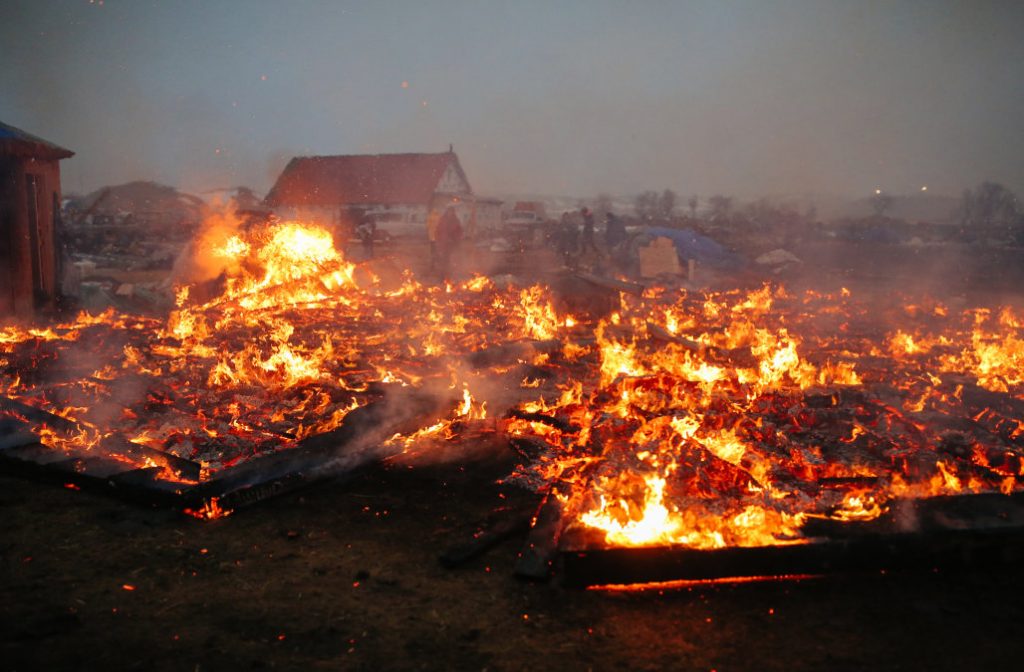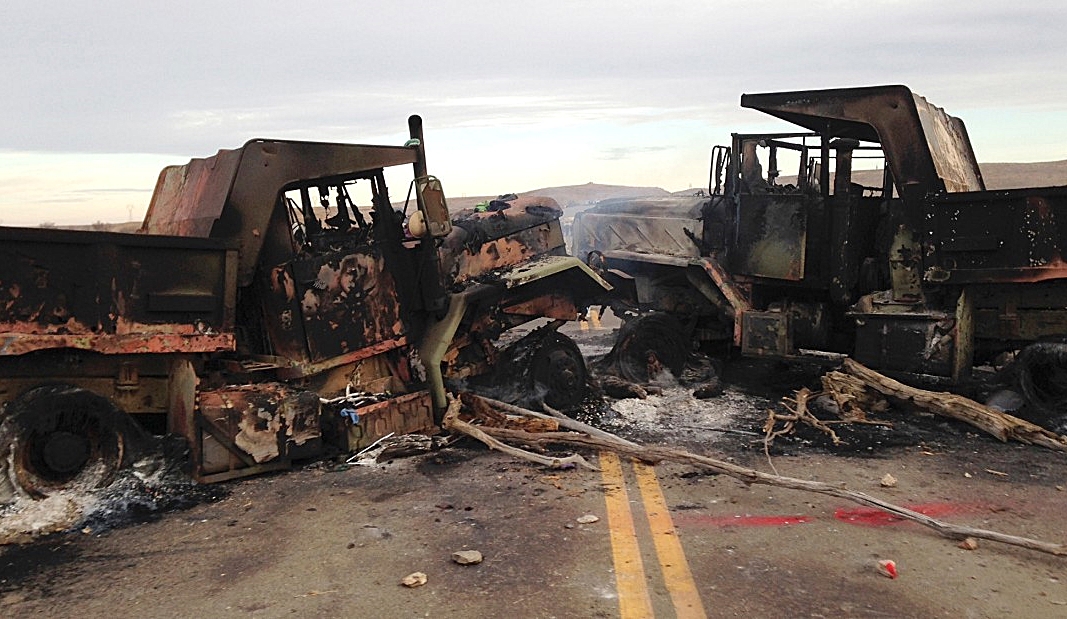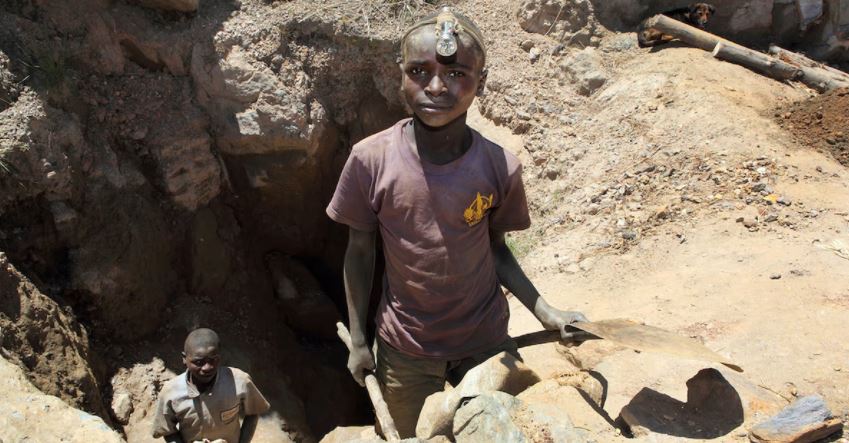In April, a newspaper in Colorado went as far as publishing a letter to the editor that stated, “If the oil and gas industry puts fracking wells in our neighborhoods, threatening our lives and our children’s lives, then don’t we have a moral responsibility to blow up wells and eliminate fracking and workers?”
by Marjorie Haun
Eighty members of the House of Representatives penned a letter to Attorney General Jeff Sessions last week, calling on him to investigate and prosecute ‘activists’ responsible for recent attacks against pipeline workers and infrastructure. Protests against the Dakota Access Pipeline (DAPL) received wide media attention throughout most of 2016, but little attention was paid to the vandalism, environmental destruction, and attacks against persons and property committed by the activists. The letter points out the dangerous and escalating nature of the anti-energy attacks. It states:
Multiple media sources have reported recent attempts to disrupt the transmission of oil and natural gas through interstate and international pipeline infrastructure. In some instances, individuals have used blow torches to burn holes in pipelines or promoted violence against oil and gas company employees. In April, a newspaper in Colorado went as far as publishing a letter to the editor that stated, “If the oil and gas industry puts fracking wells in our neighborhoods, threatening our lives and our children’s lives, then don’t we have a moral responsibility to blow up wells and eliminate fracking and workers?”
While we are strong advocates for the First Amendment, violence toward individuals and destruction of property are both illegal and potentially fatal. Damaging pipeline infrastructure poses multiple risks to humans and the environment. When an individual burns a hole through a pipeline currently in operation, there is a high probability this could ignite the contents, killing not only the perpetrator but other innocent victims. It also has the potential to cause property and environmental damage, as well as disrupt services to communities and consumers.
Recent incidents of individuals attempting to shut down lines by turning valves at pump stations illustrate the danger. Operation of pipeline facilities by unqualified personnel could result in a rupture- the consequences of which would be devastating. Even though some activists commit these acts of sabotage to raise awareness about climate change, they only create the serious risk of harm to the environment they claim to care about.
We realize the Deparment of Justice (DOJ) faces unique challenges when confronting these crimes, including identifying suspects amidst the rural and remote infrastructure across the country. But maintaining safe and reliable energy infrastructure is a matter of national security.
Included in the letter are a number of questions to Attorney General Sessions related to the prosecution of pipeline terrorists under the Patriot Act, what options the Department of Justice has in pursuing such prosecutions, and what actions, if any, have been taken by DoJ to stop attacks, in particular those which pose imminent threats to lives and critical infrastructure.
Ongoing Attacks
As winter settled into North Dakota late last year, most of the DAPL protesters moved out of the haphazard camps, leaving in their wake a mess–enough to fill 2,500 pickups–which required skid loaders, dump trucks, and millions of dollars to clean up. Nevertheless, small-scale attacks against several oil and gas pipeline projects have continued; some minor instances of vandalism and some with potentially lethal consequences.
A partial list of attacks–to March of 2017–can be found here, which includes:
…March 20, 2017, the developer of the Dakota Access Pipeline alleged in a court filing that it had experienced “recent coordinated physical attacks along the pipeline.”
…February 26, 2017, law officers fatally shot a man who reportedly had used an assault rifle to attack the Sabal Trail Pipeline, a natural gas pipeline under construction in Florida.
…October 11, 2016, a coordinated group of domestic environmentalists caused the shutdown of five pipelines in four states transporting crude oil from Canada to the United States. The activists entered locked enclosures to access manual valves…
Some radical environmentalist groups have since published a ‘do it yourself’ manual on how to conduct ecoterror attacks, which includes tips such as slashing tires, putting paint stripper and sand in the gas tanks of vehicles, and using dead animals as ‘critter bombs’ to drive people out of buildings or work areas. But these examples are not as deadly as some other attempted tactics. Last March, pipeline terrorists used a blowtorch to destroy pipes at an unguarded valve site in South Dakota. If oil had been in the pipelines at the time, the vandals probably would have been killed. If the damage had gone undetected, it could have resulted in numerous worker fatalities.
Although ongoing ecoterror attacks have been largely ignored by media since the DAPL protests ebbed, industry groups have been tracking the incidents closely. The Energy Infrastructure Incident Reporting Center (EIRC) has recently been created to help prevent and investigate attacks, and possibly in preparation for legal action against the perpetrators. According to a report by Tim Pearce in the Daily Caller:
“Incidents of eco-terrorism, sabotage, arson, vandalism and violence are on the rise as criminal tactics have become a regular feature of pipeline protests, leaving taxpayers on the hook for millions of dollars and potentially endangering lives, the environment and our national security,” said Toby Mack, president and CEO of EEIA.
The EIRC reporting system consists of an online form that people who witness or find evidence of sabotage can fill out and submit for review. The project’s goal is spreading awareness of events such as $2 million worth of damage done to equipment used to build the Dakota Access Pipeline.
Representatives from energy-rich western states, who are also members of the Congressional Western Caucus, inspired the bipartisan letter to Sessions, emphasizing the need for a serious plan to halt attacks by radical elements against America’s energy production and transmission systems. Beyond mere ‘monkey wrenching’ antics, or isolated acts committed by unstable people, today’s anti-energy attacks are a well-funded, well-organized, and potentially deadly form of modern-day terrorism. The letter to Sessions also points out that attacks by so-called ‘environmentalist’ groups, have proven to be very, very bad for the environment.

[paypal_donation_button]
Free Range Report
[wp_ad_camp_3]
[wp_ad_camp_2]




Those Indians are/were well financed by the enviros & democrats’ campaign to destroy US Energy commerce, & replace it with their tax subsidized windmills & Solar Energy BS that cost many times more than gas or coal-fired US Energy Plants.
In ND, they not only were trespassing on private & public properties & destroying equipment & pipeline laterals, they were extorting $millions from the contractors with their false court claims on water rights they do not own. And the professional protesters drove their gas cars there from nation wide, in support of their extortion, destruction & chaos.
In NV, at the same time, the Moapa Indians were protesting with Harry Reid’s created “Friends of Gold Butte” against Cliven Bundy’s rights to graze his cattle on Gold Butte, by falsely claiming they own something there. And guess what, Harry Reid & his political ‘friends’ provided them with a brand new gas fired Power Plant, free of charge, in their Moapa Reservation!